(plus 4th of July considerations!)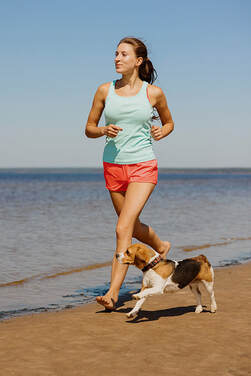
Have an enjoyable and safe summer!
0 Comments
Written by Aurora James for Chitra Walmsley As a loving pet owner, you want nothing more than your furry friend to lead a happy and healthy life and grow old alongside you. As your animal pal enters their later years, you will have to adjust your care plan to their changing needs. Discover how you can nurture your senior pet below. Modify your home to pay for your senior pet's needsOlder animals may struggle with mobility issues. Make sure your space is free of clutter that could impede a pet's progress and keep the house tidy. A clean home can reduce the presence of dust mites and other allergens that ruin air quality and impede comfort. Other helpful modifications for senior pets include adding no-slip rugs for traction, placing steps and boxes for climbing, and installing night lights. If you live in a chilly climate like Canada, make sure there are plenty of soft, cozy, warm spaces for them. Make grooming a top priorityOlder cats and dogs may become less vigilant about grooming, so it's on you to help them. Whether you pay for a professional groomer or do the job yourself, follow best practices when helping elder animals with their hygiene. These include keeping sessions short, using soft brushes, and using a non-slip surface. Also, keep an eye out for health problems on their body as they groom, such as skin lesions. Invest in quality healthy food made for older animalsAs animals get older, their metabolism slows down, which means they may lack an appetite. You need to ensure your cat or dog still gets the nutrients they need while eating less. Towards this end, look for dog or cat foods geared specifically towards "senior" pets. Consult reliable sources for top-rated foods. For example, the American Kennel Club provides tips for brands that are ideal for older dogs. Alleviate stressIf your senior pet is scratching frequently, is acting submissive or aggressive, or isn’t eating as much, these can be telltale signs of stress. Fortunately, there are a few things that pet owners can do to help reduce stress in their older pets. First, it's important to keep them healthy by providing them with a nutritious diet and regular exercise. Second, create a predictable routine and stick to it as much as possible. And finally, make sure to spend quality time with your pet, providing them with the love and attention they need. Be prepared for accidentsBeware that older animals may lose bladder control and have accidents indoors. Remain patient and don't get angry at your pet if this happens. It's simply part of the aging process. You can cover furniture or carpets to help protect them, and get a waterproof cat or dog bed. When accidents happen, clean them thoroughly. You want to remove stains and smells completely or you risk a repeat of the incident. This guide explains how it's done. See your veterinarian regularlyYou should schedule veterinary visits regularly at any point in your animal's life. However, these checkups become even more important as they get older, at which point they are more prone to various illnesses. Your veterinarian can also make personalized recommendations on everything from pet food to addressing accidents. Prepare yourself emotionally for the big goodbyeAs your pet gets older, you will have to prepare yourself for the inevitable loss that comes with their death. While it might seem morbid, preparing in advance can make it easier to let go when the time comes. For example, you might want to make sure you're taking plenty of pictures and videos of your pet in their later years to remember them by. When the time comes, follow these tips from Psychology Today for preparing for the process.
You want to do all you can to help your pet live their best life in their later years. Trust the tips above to help. You can then rest easy knowing you've given your favorite furry pal the happiest and healthiest life possible. For positive-reinforcement, force-free training, trust professional dog trainer Chitra Walmsley. Virtual training sessions are also available!
Puppy milk teeth start coming in between 2 and 4 weeks of age. In total they have around 28 milk teeth and by the time you get your puppy home at 8 weeks to 12 weeks they will have a full mouth of milk teeth. From that point until your puppy is around 6 months of age, they will begin the teething process as their adult teeth start to push through. Adult dogs have 42 teeth. Puppy Teething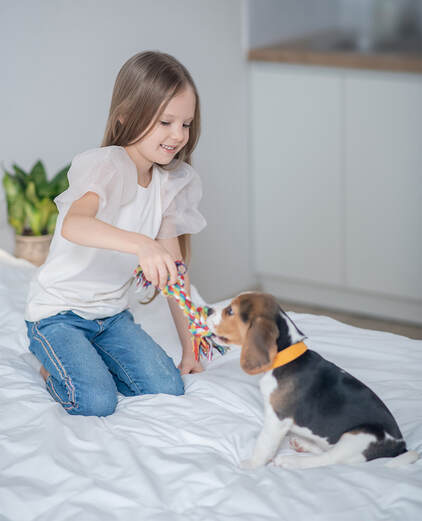 As puppies go through the teething process this can be a very painful period much like the process that human babies go through when they are teething. As those adult teeth are pushing through, this is the time that your puppy may find things to chew on as the act of chewing helps to sooth their discomfort and helps to calm them down. It is the time that if your puppy is not properly supervised, they may go for inappropriate objects to chew on such as chair or table legs, remote controls, glasses, shoes, slippers, and phones! If this happens always remember that your puppy has no concept of right and wrong; they do not know it is inappropriate to chew on your new pair of shoes. If it’s there and within reach, they will go for it! So how to do you prevent this? Answer -- Puppy Proof your home to set your puppy up for success in the same way that you would child proof your home to keep young toddlers from accessing things that could be potentially dangerous to them. This means putting away shoes and items of clothing, and keeping phones and remotes up high and out of reach. Ensure plants are put up high or in a room that the puppy is not allowed to roam, and when you think all is safe what I have found helpful is getting down on the ground to see if there is anything hanging low that a puppy might be able to grab and if so, remove it. Remember this is not forever, it is just for a window of time, and it will keep your puppy safe and your items in the home free from puppy teeth marks! Helpful Tips to Prevent Puppy Nipping & Chewing
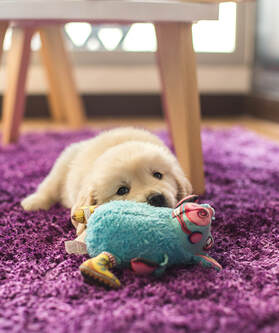 Puppies are fun and are a ray of sunshine that can bring much joy, laughter and happiness to a family. Just be prepared to put in the hard work when they are young, teach them in a positive way, socialize them to their world so that they are confident in their living environment both inside the home and outside and train them so that they understand their boundaries and learn what is appropriate. Once you guide your puppy through the first year of their life you will have a very loyal and happy K9 member of the family. Your dog, your cues - gaining maximum effectiveness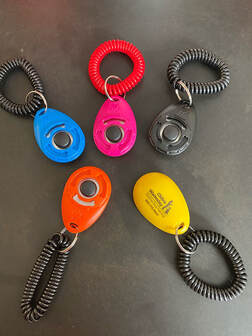 Marker training is a scientific based teaching method that communicates to a dog that they have done the correct behavior desired by the trainer/handler and will therefore be rewarded. It is also known as positive reinforcement dog training. In marker training you can either use a verbal marker such as “Yes”, “Click”, “Bravo”, “Nice” or you can use a device called a “Clicker” which is basically a toy-like mechanical devise with a button which when pressed will make a sound. So how does marker training really work?To teach your dog that your chosen marker has meaning you will need to “charge” or “load” the verbal marker or the clicker. This is where you will have about 10 rewards to hand, say your verbal marker “Yes” and half a second later reward your dog. Similarly, if using a clicker, you will click and half a second later reward your dog. The timing and order of doing this is very important so that the dog is focused on hearing that marker to gain the reward and not just concentrated on the reward. To then translate this into training the sequence will be, ask for the behavior for example a “sit”, when the dog goes into a sit you either say “yes” and reward your dog or if using a clicker, click and reward your dog. Therefore, the sequence is, behavior = marker = reward. A question I get asked a lot is “do I have to use a clicker or marker for the rest of the dog’s life”? The answer to this is “no”. The more you work with your dog and the more fluid they become at doing the behaviors you have taught them this is where you will begin to give variable rewards, that is, not rewarding them for every single sit that they perform and instead reward them for every third and then sixth one and continue to do the same with all cues. After that you can then begin to phase out the rewards. The only cue that I suggest to clients that they always reward for is Recall. That is when you call your dog back to you and they listen, especially when you are in an environment with a lot of distraction, for example a park, but your dog has chosen to come back to you. That, in my opinion deserves a lot of praise and rewards to keep your Recall solid. What if my dog doesn't do what I am asking?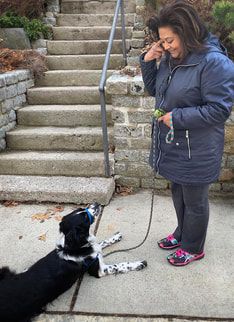 This is where a “no reward marker” will come into play. A no reward marker is used when your dog has not offered the behavior that you are asking for. It is a verbal signal such as “no” or “uh oh” or “Oops” that you will say in a neutral tone to communicate to your dog that they have not offered the behavior you want and need to try again. I advise clients to use no reward markers sparingly in training as if you are teaching a dog something and they are trying to learn but are not quite getting it right, too many no reward markers can begin to stress the dog and what you do not want to associate in your dog’s mind is that training is stressful, quite the opposite. It is important to note here that a no reward marker is NOT a physical correction to the dog it is simply a way to communicate with your dog verbally that they have made a mistake and will have to work a little harder to get that reward. In essence marker training, whether you are using a verbal marker, or a clicker teaches your dog to problem solve. The key to training is to find the thing that really motivates your dog which may be its food, dog treats, a special toy and use that to reward them when they offer behaviors you are looking for. Summing it all upAs with learning any new skill the key to dog training is time, patience, consistency and repetition. Remember, training is where you begin the journey of building that special bond with your dog, teaching them cues that later you will implement into your life with them so that they will understand what it is you expect from them. Our human world is very complex for our K9 members of the family but through training you will teach them boundaries to keep them safe, have fun with them and by using this proven, scientific based method of training you reinforce the behaviors you want quickly and make the process of learning for your dog and for you enjoyable!
A dog’s bark is its voice and it is their way of communicating with their human or with other dogs. There are many reasons why dogs bark and it is important to understand this to help solve barking if it becomes a problem.
The following is a list of the most common reasons why dogs bark. 
Alert/WarningThis is usually when someone is either walking past the home or entering your yard. The dog barks as a warning to you the owner that someone is entering your territory or that someone is passing by, and they are signaling to the person “I’m here protecting my home”. The sound of this bark is usually loud, sharp and authoritative. Demand for AttentionThis is where your dog is probably looking at you, following you around and barking, usually because they want your attention, they want to play or that it is food time as they do have a great body clock if you have a structured routine for your dog. Fear/AnxietyDogs that are anxious either of being left alone, a sudden noise, visitors entering the home that they are not familiar with, a person approaching, has phobias, common ones being the sound of thunder or fireworks, will often bark when they are distressed. The body language of the dog may be that it has its tail tucked, the hackles may be up on the shoulders, a low head, ears back a raised foot. All of these postures are signs that your dog is afraid of something or someone. BoredomDogs left alone all day that have not been properly exercised before you leave for work can bark out of boredom and frustration. Ways to help prevent this can be, exercising them before you leave for the day, plus, having a dog walker, a friend or family member come over in the middle of the day to walk your dog or play with them in the garden, or a few days a week take your dog to a reputable doggie daycare so that they have the opportunity to socialize with other dogs. Another option is to leave a puzzle toy for them to do or a stuffed frozen Kong as enrichment for mental stimulation while they are on their own. 
ExcitementThis is the barking that you will hear when either you are returning home, you are playing with your dog, or they are playing with other dogs. Your dog is simply expressing that they are having fun and enjoying themselves in the same way that young children may squeal, scream, or shout when they are playing with friends. Territorial ControlThis is where the dog races to the window and barks at a passerby or a passerby with a dog, the mail carrier who dares to enter the yard, the delivery person, again, who dares to enter the yard. Here the bark can be sharp and incessant, and the body language of the dog will be tense with ears and shoulders pointing forward, tail up and wagging stiffly and the bark may be interspersed with low growls. PainAs a bark is a dog’s way of communicating, they can bark because they are in pain. This could be that accidentally someone steps on their paw, when playing with another dog the dog hurts them, they are being attacked by another dog or animal. In this case the bark will be higher in pitch and depending on the situation may mean that your dog needs to see the vet. Aging/SeniorityAs dogs age, sometimes, they can begin to bark more. This can be for a variety of reasons some being, a deterioration in hearing or seeing, that they feel scared or anxious, or that they are in pain. Just like humans sometimes as dogs age they can develop problems with their hips (hip dysplasia). Note that this can happen to younger dogs too especially those that are very active or participate in dog sports. Or older dogs can develop arthritis in certain joints, some breeds can be quite susceptible to this. Therefore, a six-monthly checkup with the vet is very important for senior dogs to keep them as healthy, comfortable, and hopefully pain free for a long time to come.
As a trainer one of the many reasons I get asked for help is because of dogs barking a lot in the home. My main task is to ascertain what is causing the behavior and then teach my clients ways to work on this. But I always remind people that a dog’s bark is their way of communicating to us in the same way we communicate with our fellow human beings. So, it is always important to ascertain why they are doing the behavior and by working through things with patience and consistency they can be taught an alternative behavior.
Keep your 4-legged family members safe over the festive seasonThe Holidays is a lovely time of year with beautiful decorations adorning our homes and plenty of delicious savory and sweet food on the menu! In order to have a safe festive season for all the family including your dogs please keep in mind some of the things that can be harmful and dangerous to them.
Here is a list of things to keep your dogs away from to keep them safe: Décor:
Food Items:
Be proactive in knowing the number and address details of your nearest 24/7 Emergency Clinic should you need to rush your pet to the vet. If you want to treat your dogs as you tuck into your festive meals, remember there are lots of different recipes that you can find to fill a Kong and freeze it for their treat, or spread on a Licki Mat and remember to get your dogs out for walks! The fresh air will be good for them and good for us after our delicious meals. Happy Holidays Everyone! Best wishes for a healthy and safe New Year, 2022! Some very important tips to consider in the intense summer heat to help keep your dog safe and protection from overheating.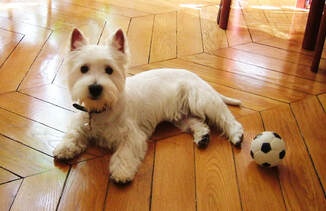 I wrote this post originally last summer but due to the extreme heat waves we are experiencing here in the northeast thought it would be a good time to resurface this information. Here are some important tips to help ensure that your canine family stay safe over the summer months.

Coyote attacks on pets might increase during the mating season when coyotes are more territorial. Research suggests that male coyotes in particular are not more aggressive. While not as pack-centered as wolves, all coyotes in a pack may defend their territory if they felt something was going to endanger their young, which is why during these periods it is important to NOT have your dogs’ off leash, in particular in wooded areas.
There are natural habits where coyotes are more likely to have their dens, in places such as hollowed out logs, rock formations, or dense shrubs or bushes. If your dog innocently goes sniffing near a den that is when they are more likely to be attacked. It has been shown that attacks on medium to large dogs increase at this time as coyotes see them as more of a threat especially when they are near to their den with young pups inside. Viral and bacterial diseases flourish more in coyotes than almost all other carnivorous wildlife due to their diverse diet and and wide array of habitats. Research also shows that coyote attacks on smaller dogs or cats can increase during the pup rearing season (May through to August) rather than the breeding season. This is largely due to the need for more food for the young coyote pups. Tips for keeping pets safe from coyote attacks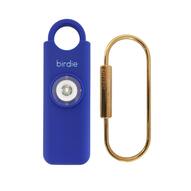
Do not let small dogs or cats outside alone, even within a fenced in yard, during the day or during the evening hours, unsupervised. If you do, avoid doing so from dusk until dawn. As I had mentioned above, do not let your dog run off-leash in the woods, especially during winter or spring. If your dog doesn’t stay close to you when off-leash, there is a greater danger that they could run into a pack of coyotes. During mating season, coyotes might be more territorial, and during pup rearing season, they may defend their den or pups. Instead you should opt for putting them on a longer leash allowing them to roam a little farther out. Having the safety of the leash attached to them allows you to keep them close and get them back to you should you need to. This is especially important if your dog does not have a good recall.
Do not leave food scattered around outside such as residue from bird feeders or unsecured garbage especially at night. This will encourage them to come to your yard and coyotes that regularly eat human food are more likely to have conflicts with humans or pets. Lastly, have a strategy in place in the event that you go into your backyard and see a coyote, or if you are out walking your dog and see or sense a coyote. The most common advice is to make loud noises to frighten the predators. I carry a Birdie personal safety alarm which has a 130 dB siren, something as loud and noisy as that will scare them away. Alternatively, you can purchase a whistle, inexpensive and again a loud noise that will scare them away. These animals are a protected species in our environment and are part of the natural wildlife. It is important to preserve them but to respect the fact that they are wild animals and to live in harmony with them follow the guidance to keep yourselves, your children and your pets safe and free from harm.
Aging is a very natural process of a dog’s life. As dogs get into their golden years, they can have less energy, their sight or hearing may be impacted, and they have a higher risk of developing kidney or liver disease, diabetes or become obese. Additionally, you may find that they can seem confused or disorientated, or more prone to being anxious or fearful of loud noises than they used to be.
How to keep our senior dogs healthy
Walking
As dogs age, they can slow down and their exercise needs may change. The dog that used to be your jogging partner may no longer be able to keep up with you anymore. Be sensitive to that, and instead of expecting them to be by your side as you run at a steady pace, swap to low impact exercise such as a leisurely or brisk walk, allowing them to sniff and smell more and therefore get mentally stimulated. Physical exercise is still very important for them to maintain a healthy body and a healthy mind. Be mindful on walks of steep inclines that may become difficult for your dog now that he is older and also going down a steep hill. Some dogs as they age may develop muscle atrophy and their legs will not be strong enough to always cope with steepness or a sharp slope. Senior dogs can also be more sensitive to the climate, so be sure that they seem comfortable on their walk. If their exercise needs have changed, it will be time to change their diet to one that is lower in fat and less calories to prevent weight gain as this can lead to obesity and trigger such things as diabetes. If this is the case, it’s a good idea to talk to your Veterinarian to get their advice on what you should be feeding your senior dog.
Grooming
Regular grooming remains important. As dogs age their coats and skin change. It can be drier, flaky and irritated, which if not cared for properly can become worse. Brush them regularly to keep an eye on this, removing any mats or tangles and if you notice changes, talk to your veterinarian.
Veterinarian check-ups
These become more important as a dog gets older to give your veterinarian the chance to determine if something is wrong and if so, be able to implement a treatment plan straight away. Just like humans as dogs age they can develop ailments such as arthritis, hip dysplasia, or joint problems. If left untreated they can be very painful conditions for your dog to live with and can affect their mood, appetite and overall quality of life.
Dental hygiene for your senior dog is something that you need to be vigilant about and your veterinarian will keep a check on this, as poor dental care can have an impact to the health of other organs of their body, just as it can for humans. Therefore, regular brushing, oral chews, or oral teeth care products that you can put into water bowls are all ways to keep their teeth in good condition. Regular vet checks at least twice a year is therefore a good idea and keeping up with flea, tick and heart-worm treatments (depending on where you live) are still necessary to keep your senior dog healthy.
Changes to their home environment
When your dog was a puppy you probably had to puppy proof your home! Now as your dog is older to enable him to get around the home with ease you may have to make some accommodations such as ramps for them to get onto chairs or into the car especially if your dog has joint problems, muscle atrophy or arthritis. Heated mats or beds are a good idea for achy joints. If your dog becomes visually impaired having easy access to water bowls is important plus keeping furniture in the same place will prevent your dog from hitting into things which could result in injury.
Spend time with them
Finally, as our dogs age it is very important to spend time with them. Older dogs can become more anxious especially if they are hard of hearing or their sight becomes impaired. But by keeping to a routine with them so that they know what to expect and when, that helps to alleviate anxieties. Give back to them what they have given to you over the years, loyalty. It may be a little extra work, but it is very rewarding. While writing this particular blog I do so with my two West Highland White Terriers in mind who are now 13 and 11 years old. They have given my husband and I such joy over the years and continue to do so. They have also shown how robust and adaptable they are with the many times during their lives with us that we have had to move from country to country. They always travelled well and adapted to their new surroundings very quickly just taking on what life threw at them and embracing it.
Some reminders to keep your 4-legged members of the family safe over the festive season!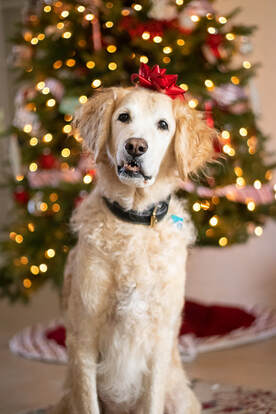 The Holidays is a lovely time of year with beautiful decorations adorning our homes and plenty of delicious savory and sweet food on the menu! In order to have a safe festive season for all the family including your dogs please keep in mind some of the things that can be harmful and dangerous to them. Here is a list of things to keep your dogs away from to keep them safe: Décor:
Food Items:
If you want to treat your dogs as you tuck into your festive meals remember there are lots of different recipes that you can find to fill a Kong and freeze it for their treat and remember to get your dogs out for walks! The fresh air will be good for them and good for us after our delicious meals. Happy Holidays Everyone! Best wishes for a healthy and safe New Year, 2021! |
AuthorWrite something about yourself. No need to be fancy, just an overview. Archives
June 2024
Categories |


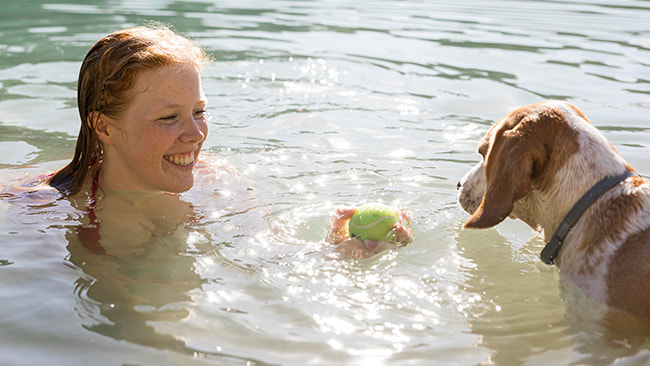
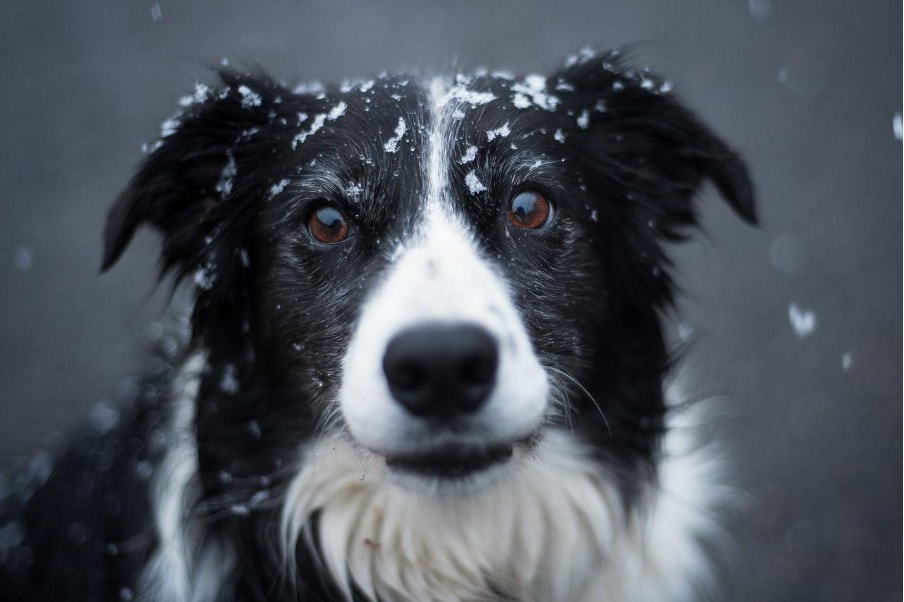
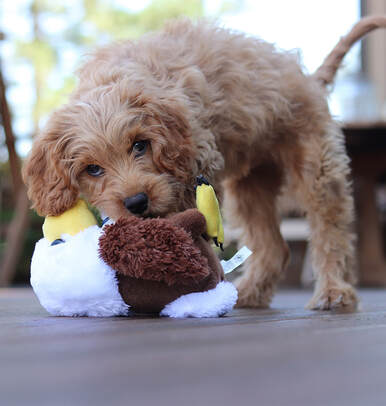
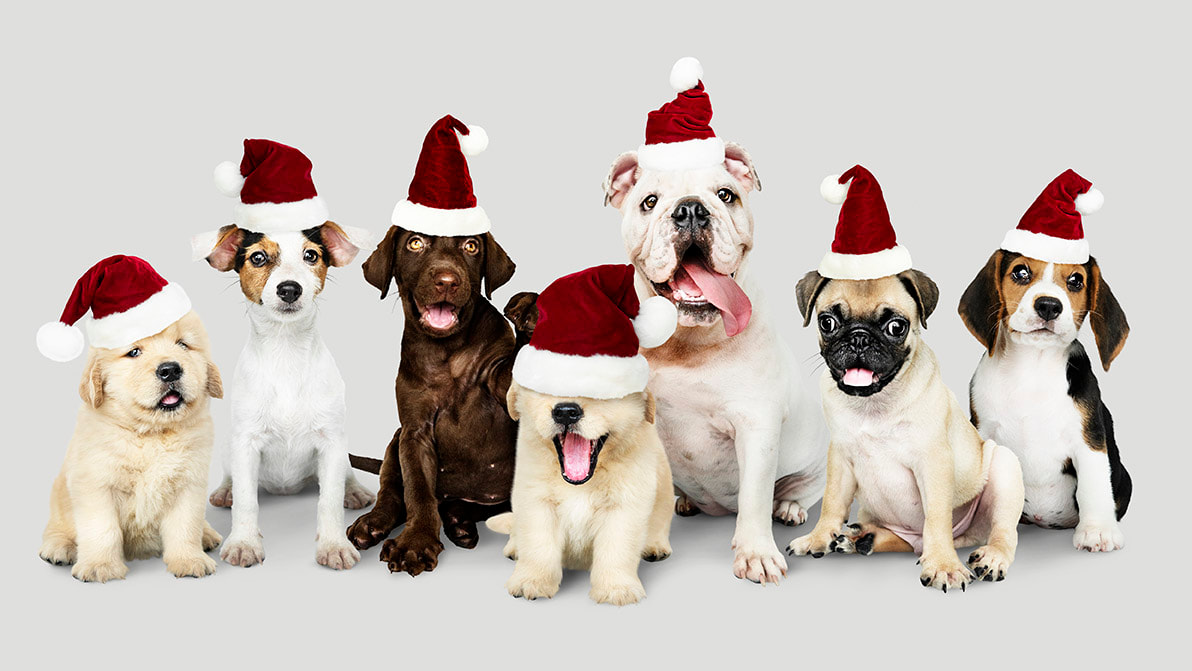
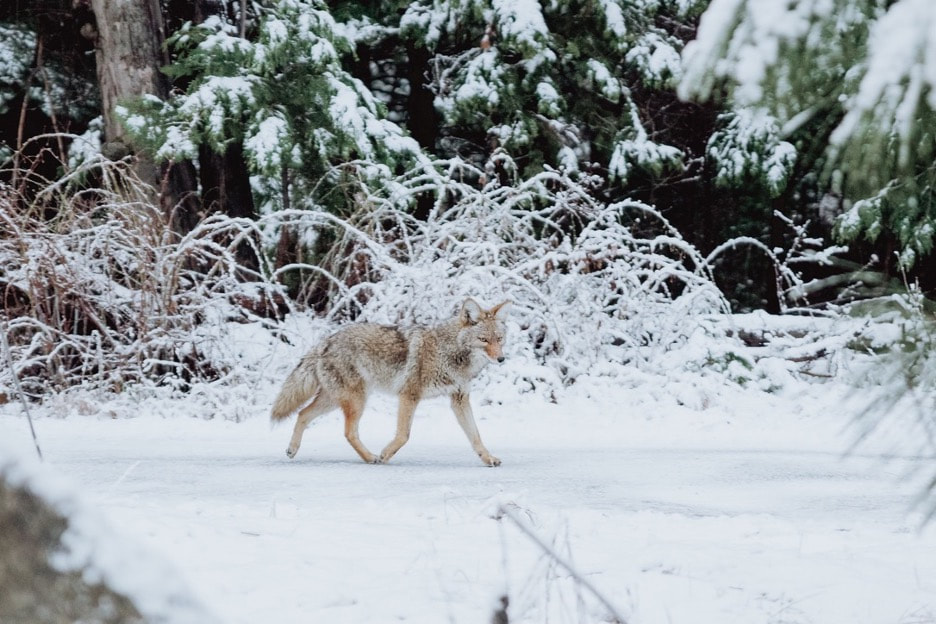
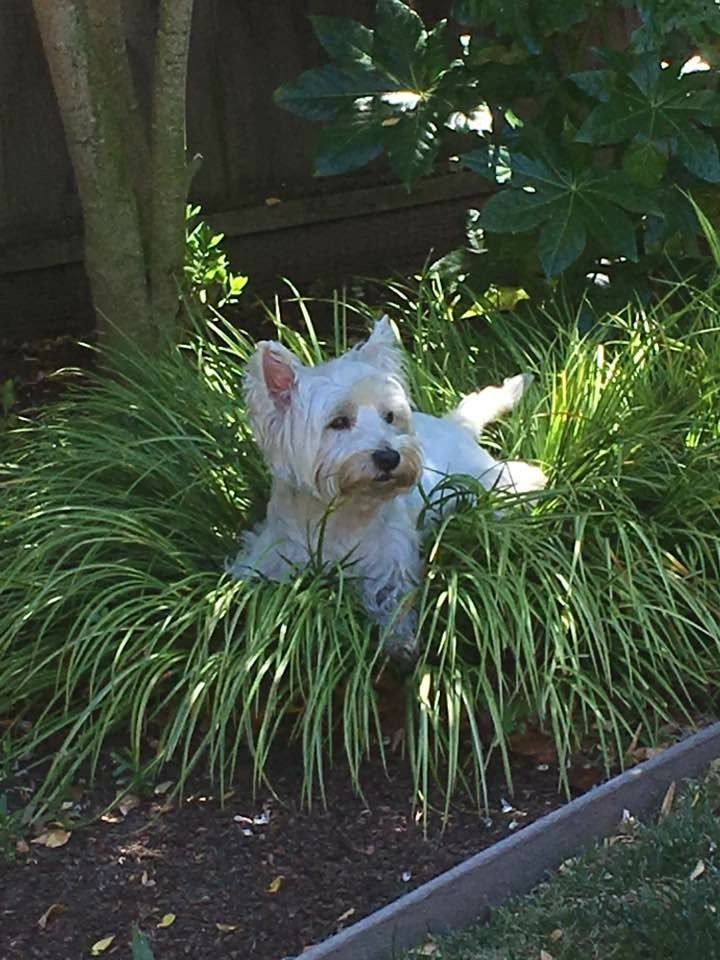
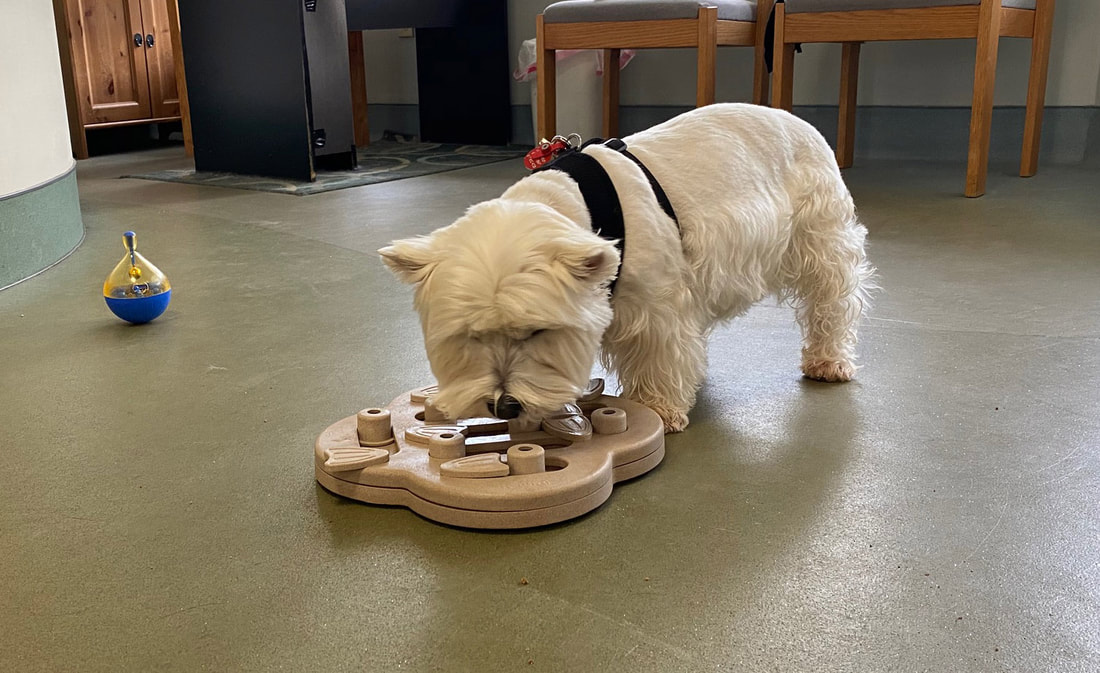
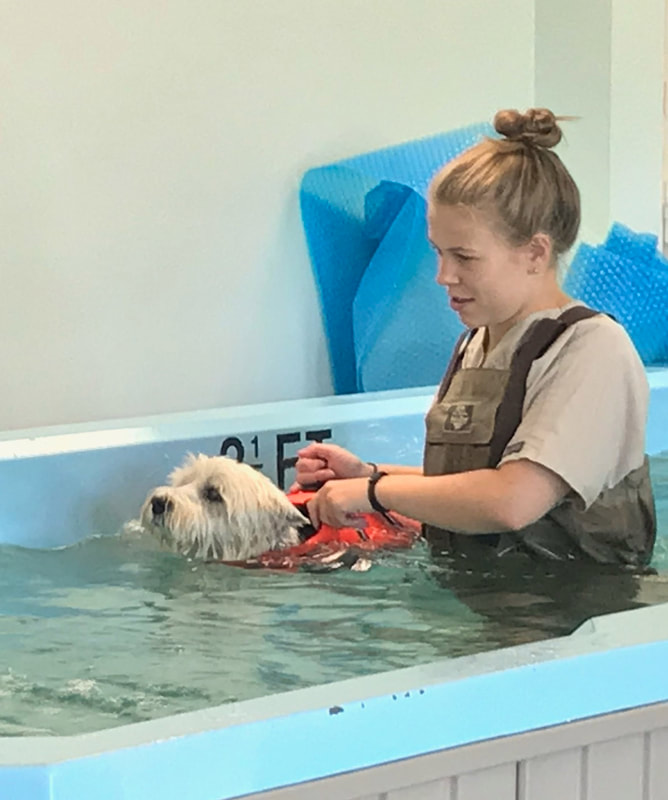
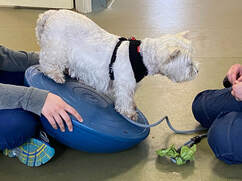
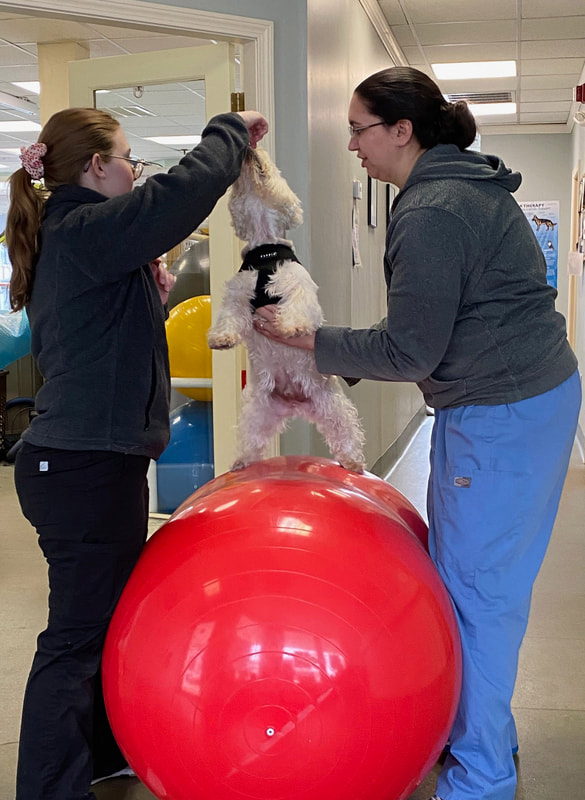
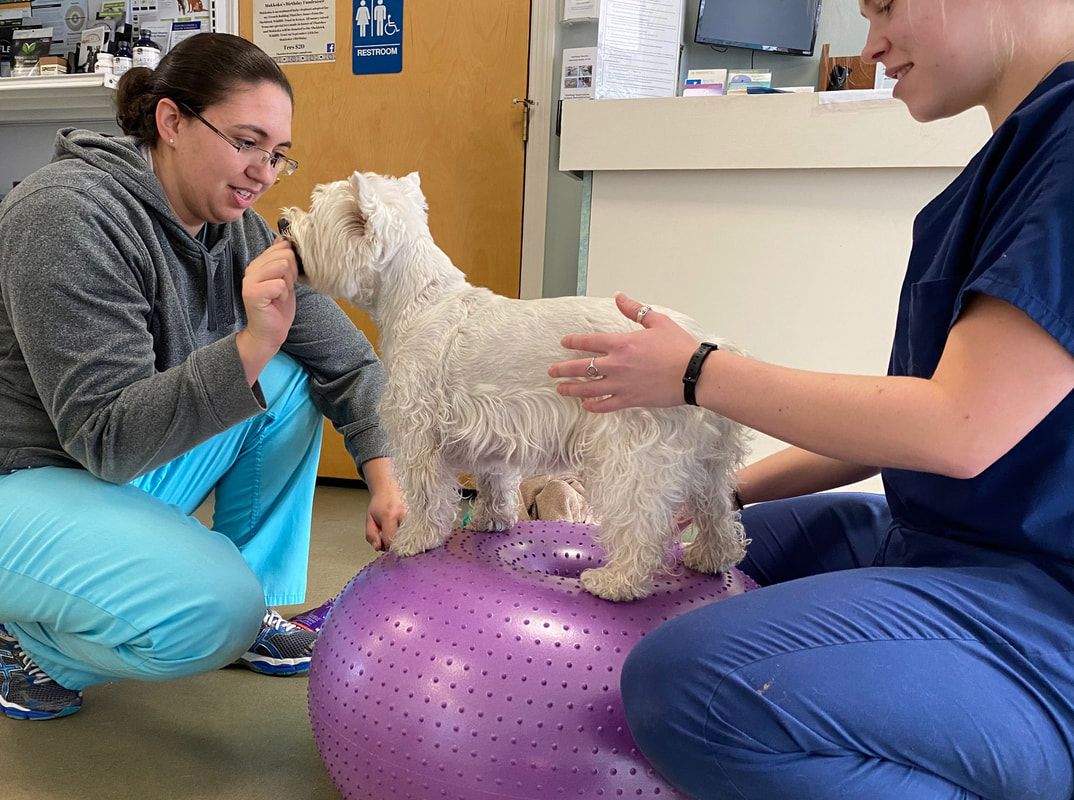
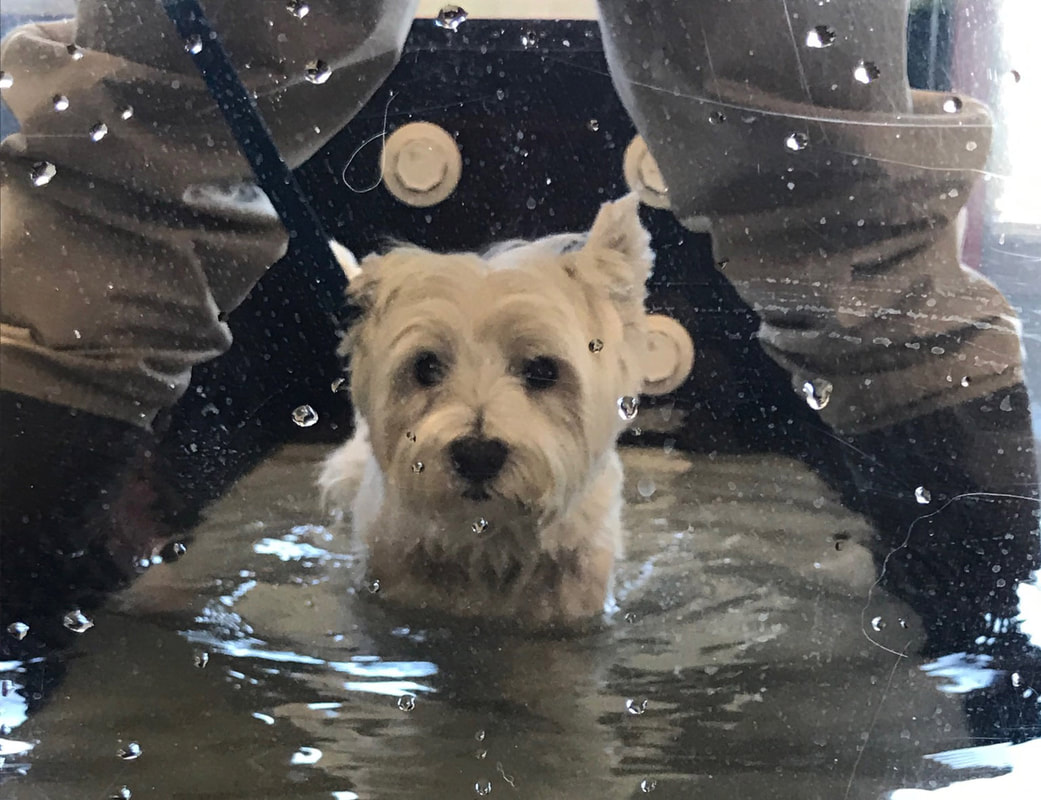
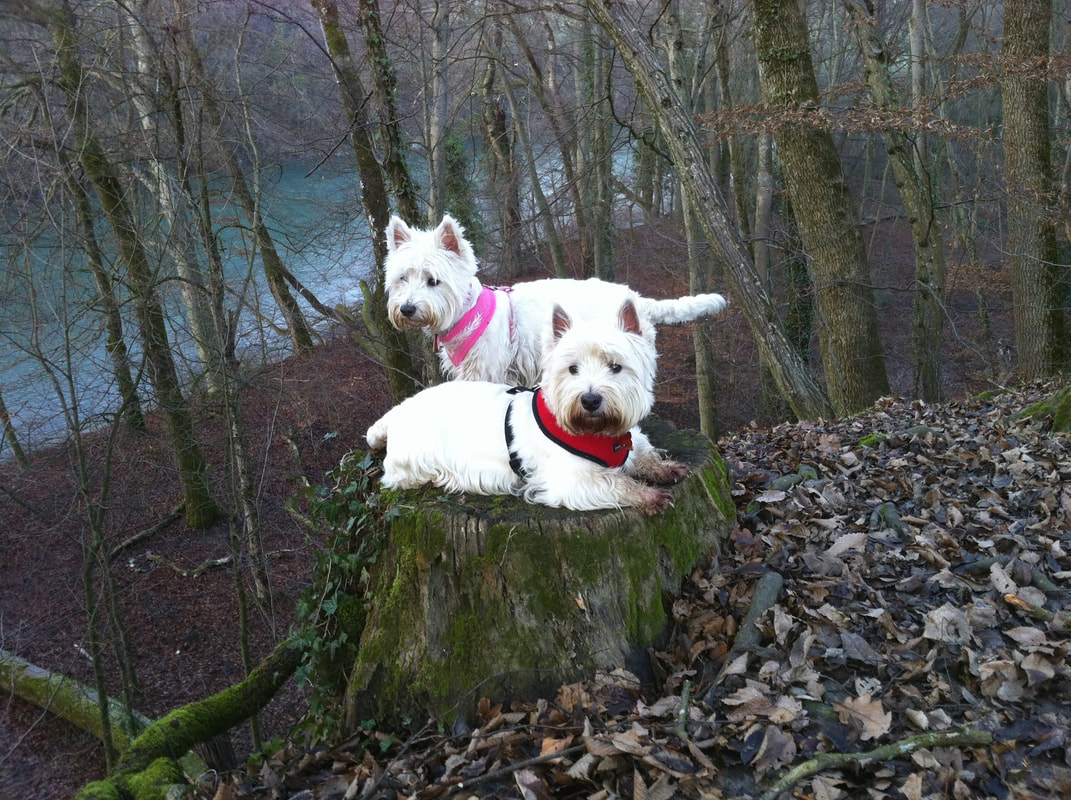
 RSS Feed
RSS Feed